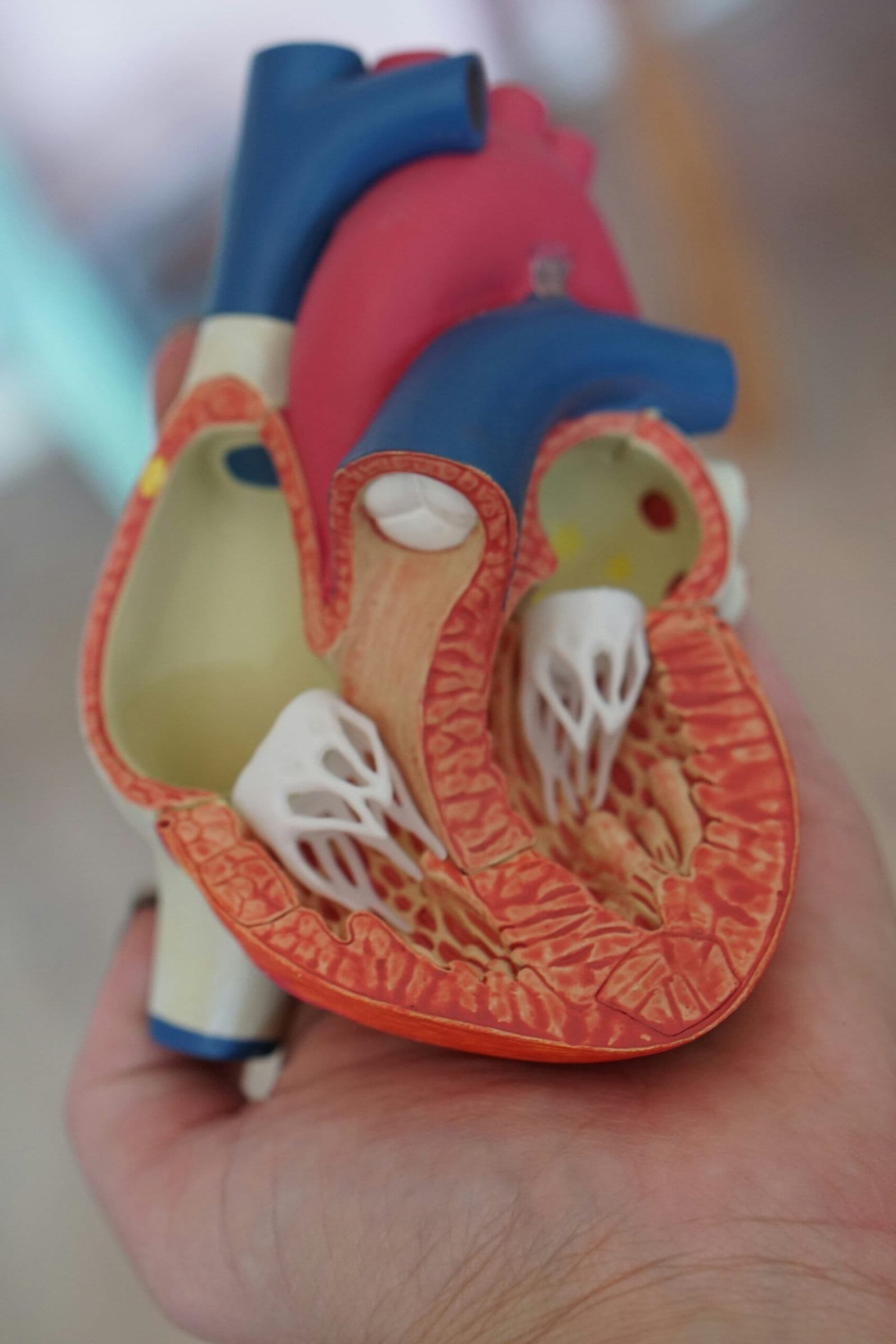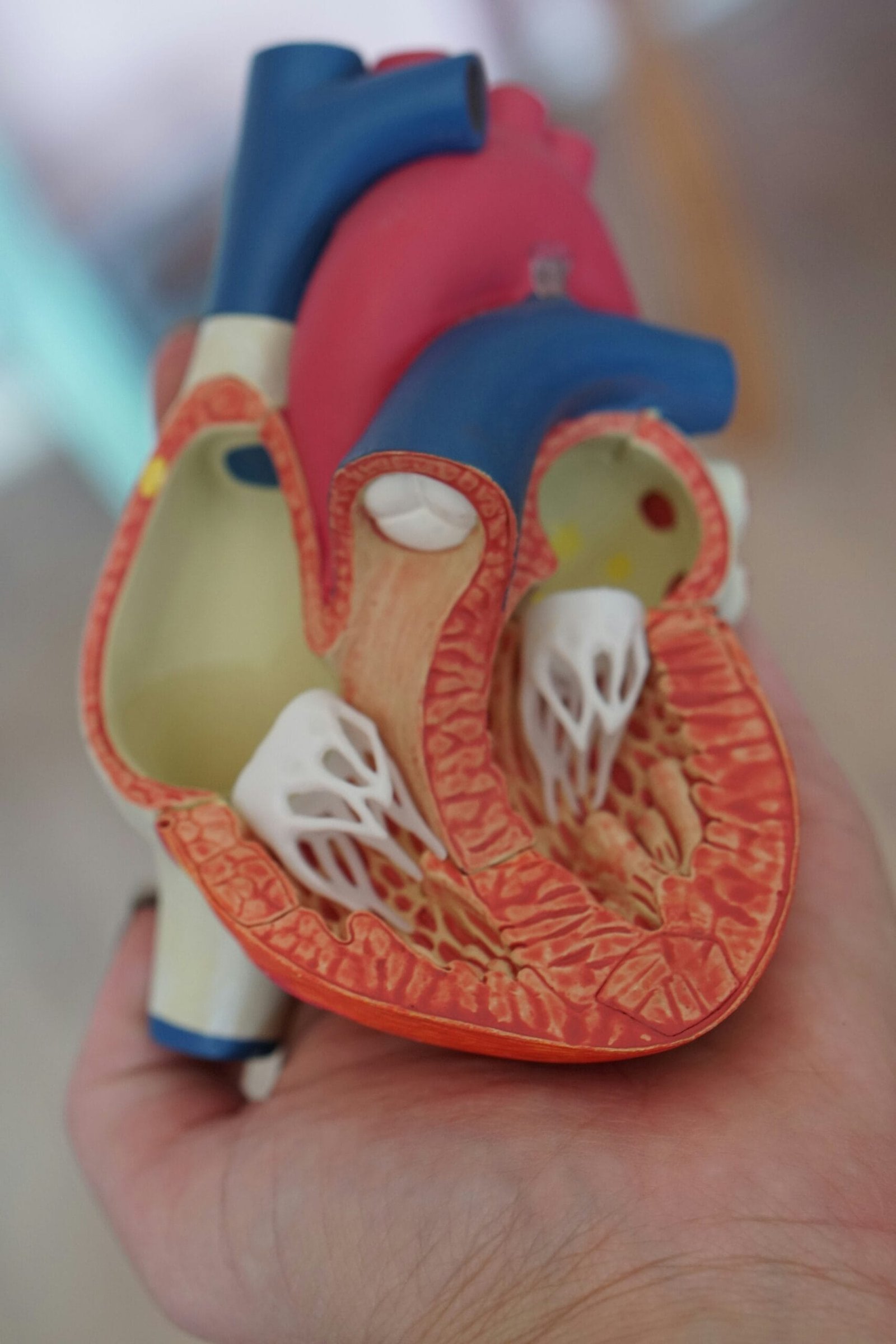
What is CT Coronary Angiography?
CT coronary angiography (CTCA) is a non-invasive imaging technique utilized to visualize the coronary arteries, which are responsible for supplying blood to the heart muscle. This advanced diagnostic tool is essential for the accurate assessment and diagnosis of coronary artery disease (CAD). CAD occurs when the coronary arteries become narrowed or blocked due to plaque buildup, leading to serious heart conditions such as heart attacks.
During a CT coronary angiography procedure, a patient typically receives an intravenous contrast dye to enhance the visibility of the coronary arteries on the images captured. The patient is then positioned in a computed tomography scanner, which takes rapid and detailed cross-sectional images of the heart and surrounding structures. These images are compiled to create a comprehensive, three-dimensional representation of the coronary arteries.
The technology behind CTCA includes advanced algorithms and imaging techniques that reduce motion artifacts and improve image quality. Unlike traditional angiography, where a catheter is inserted into the blood vessels, CT coronary angiography offers a non-invasive alternative, which significantly reduces the risk of complications associated with catheterization.
CT angiograms are crucial in identifying blockages or abnormalities within the coronary arteries. They allow healthcare providers to provide a more accurate diagnosis of heart conditions without subjecting patients to the invasiveness of traditional procedures. Furthermore, CTCA can offer physicians valuable insights for planning subsequent treatments or interventions, such as coronary bypass surgery or the placement of stents.
In summary, CT coronary angiography serves as a vital diagnostic tool in modern cardiology, enhancing our understanding and management of coronary artery disease while ensuring patient safety and comfort.
Preparation for the Procedure
Preparing for a CT coronary angiography is an important step to ensure the procedure runs smoothly and yields accurate results. Patients are typically advised to follow specific dietary restrictions prior to the examination. It is common for healthcare providers to recommend fasting for a period of four to six hours before the test. This fasting helps enhance the clarity of the images captured during the scan. Patients should inquire with their healthcare providers about the exact duration of fasting required, as it may vary based on individual circumstances.
Medication management is another critical aspect of preparation. Patients should provide their healthcare team with a complete list of current medications, including over-the-counter drugs and herbal supplements. Certain medications, particularly those affecting kidney function or blood clotting, may need to be paused before the procedure. For individuals with diabetes, adjustments to insulin or oral medication may also be necessary. Consulting with a healthcare provider prior to the test can ensure that any necessary modifications are made to minimize risks during the procedure.
Furthermore, it is essential for patients to inform their healthcare team about any pre-existing health conditions, such as allergies to iodine-based contrast materials or a history of kidney issues. Knowledge of these conditions will help medical professionals tailor the procedure to the individual’s needs and reduce the likelihood of complications.
Lastly, many patients experience anxiety related to diagnostic procedures. To enhance comfort and reduce stress, individuals may benefit from relaxation techniques such as deep breathing exercises or guided imagery. Engaging in light physical activity before the appointment can also promote a sense of calm. Ensuring that a support person is available on the day of the procedure can further alleviate anxiety and provide reassurance.
What to Expect During the Exam
During a CT coronary angiography, patients can anticipate a well-structured and efficient procedure designed to visualize coronary arteries accurately. The entire examination typically lasts between 30 to 60 minutes, although preparation may extend this duration slightly. On arrival, the patient will be greeted by a radiologic technologist who will explain the process in detail, ensuring that any questions or concerns are addressed beforehand.
Prior to the scan, patients may be required to change into a hospital gown and remove any metallic items, as these can interfere with the imaging technology. Once prepared, the patient will lie down on the examination table, which is part of a specialized CT scanner. This machine is shaped like a large donut and utilizes advanced imaging techniques to produce comprehensive images of the coronary arteries.
In terms of equipment, a contrast dye is often administered through an intravenous (IV) line. This dye is crucial as it enhances the visibility of the blood vessels during imaging. Patients may notice a warm sensation or slight discomfort as the contrast material is injected, which is often temporary and should subside quickly. The technician will closely monitor the patient’s reactions throughout the process.
Throughout the CT coronary angiography, continuous monitoring of the patient’s heart rate and overall condition is conducted, ensuring their safety. The patient will be instructed to hold their breath briefly during image acquisition to optimize clarity. Depending on the specific imaging protocol, this may occur several times. After the scan, the radiologist will analyze the images, providing valuable insights about the coronary arteries.
Rest assured, the procedure is designed to be as comfortable as possible while providing critical information for diagnosing potential cardiovascular issues.
Understanding Results and Follow-up
CT coronary angiography is a non-invasive imaging technique that provides vital information about the coronary arteries, allowing for the assessment of potential blockages or other abnormalities. Once the procedure is completed, the results are typically interpreted by a radiologist who specializes in such imaging techniques. The findings from a CT coronary angiography can vary significantly, ranging from normal coronary arteries to various degrees of stenosis (narrowing) or the presence of coronary artery disease.
Most patients can expect to receive their results within a few days to a week after the procedure. If significant findings are discovered, the healthcare provider may communicate the results more promptly. Common findings may include the presence of plaque in the arteries, which may indicate a risk for future cardiovascular events. The interpretation of these results is critical; for instance, a high degree of stenosis could warrant further intervention or more aggressive management of risk factors, while minor findings might only require regular monitoring.
Depending on the results, follow-up actions can vary. If abnormalities are noted, a healthcare provider may recommend additional tests, such as a stress test or an echocardiogram, to further evaluate heart function and stress response. In cases where significant coronary artery disease is identified, treatment options could include medication management, lifestyle changes, or even invasive procedures like angioplasty or bypass surgery.
It is essential for patients to maintain communication with their healthcare providers to fully understand the implications of their results. Engaging in discussions regarding lifestyle modifications, such as dietary adjustments and physical activity, plays a vital role in managing overall heart health. Each patient’s situation is unique, and personalized advice is crucial in determining the best course of action moving forward.


